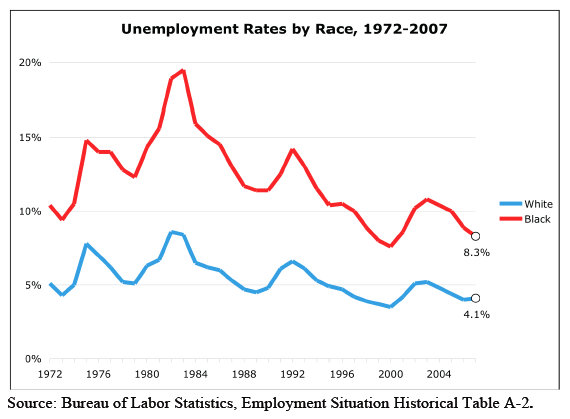In this McCain-Palin ad which, I believe, started running yesterday, it is stated that an Obama presidency will bring on international military conflict (at least that’s my reading of the images), while a McCain presidency means no international military conflict.
Sociologically what is interesting about this ad is the way in which danger can be socially constructed. What we fear most is not necessarily what is most likely to cause us harm. Consider, most of us are more afraid of riding in hot air balloons than cars but, even proportionally, your chances of dying in a hot air balloon crash are much smaller than your chances of dying in a car crash. People around us–e.g., our parents and friends, but also politicians–try to shape the degree of fear we have for any given situation. Politicans, especially, are not necessarily doing it out of a concern for our well-being.
What do we really need to fear in the next four years? This McCain ad nicely tries to draw our attention away from the fear of, say an economic depression or climate change, in favor of an international military conflict. Though he doesn’t say so explicitly, it seems obvious to me that he’s implying a terrorist attack. It’s not obvious to me, though, that a military conflict or terrorist attack is more likely to cause extreme and extended suffering than any other potential crisis, but it would useful to McCain if I thought so, because it’s the one sphere in which it is widely agreed that McCain is superior to Obama. Thus, as an extremely powerful figure, he attempts to shape our collective understanding of what is (most) dangerous, what we should (most) fear, and win the presidency through the cultivation of a culture of fear.













